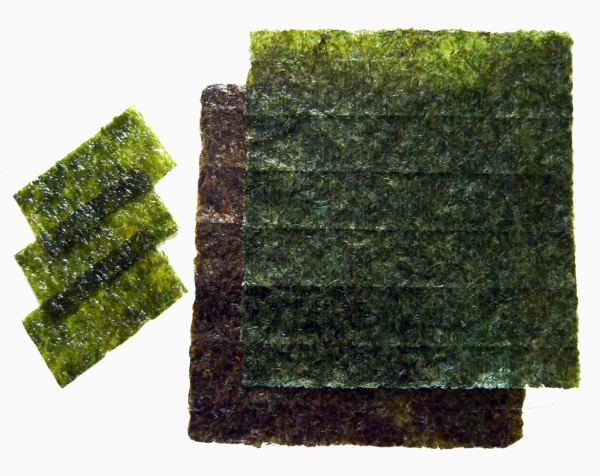Facts About Nori
Nori, the Japanese term for edible seaweed, is derived from the red algae genus Pyropia, featuring species like P. yezoensis and P. tenera. This cherished ingredient in Japanese cuisine is commonly used to wrap sushi and onigiri. Nori sheets are produced through a process akin to papermaking, but they are prone to degradation and thus require storage with desiccants to maintain their quality.
The word "nori" has been used to refer to seaweeds since at least the 8th century in Japan. Following World War II, the nori industry faced significant challenges until British phycologist Kathleen Mary Drew-Baker's research contributed to its revival. Nowadays, the industry contends with competition from countries like China and Korea.
Modern nori production employs advanced farming techniques. The seaweed is cultivated on nets in the ocean and is harvested and processed using machinery to enhance efficiency. The quality of nori varies, with Japan and China being the predominant producers.
In culinary applications, nori is remarkably versatile. It is used in sushi, onigiri, noodles, soups, and as a garnish. Frequently, it is toasted and flavored. Another type of seaweed called aonori is used as a herb-like topping. Nutritionally, nori is rich in vitamins and minerals, including iodine and vitamin B12. However, it can contain toxic metals and allergens, so it is advisable to consume it in moderation.
